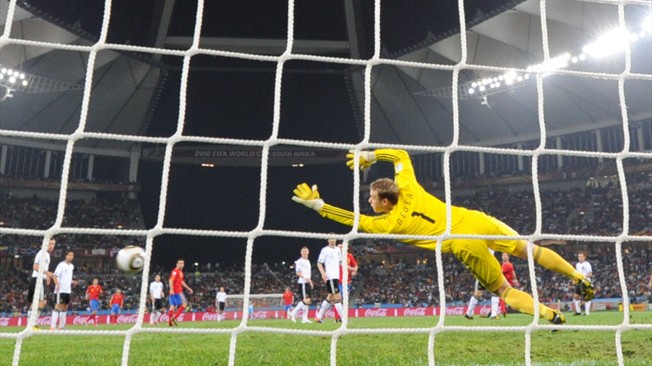So another Ponzi scheme has been busted.
The Securities and Exchange Board of India(Sebi) in an order issued on August 23, 2014, banned Delhi based PACL, from collecting any more money from investors. Sebi also asked PACL to refund the money to investors over the next three months.
A Ponzi scheme is essentially a fraudulent investment scheme in which money brought in by new investors is used to redeem the payment that is due to existing investors. The instrument in which the money collected is invested appears to be a genuine investment opportunity but at the same time it is obscure enough, to prevent any scrutiny by the investors.
In case of PACL, the money collected was supposedly invested in “ agricultural land”. As the Sebi order on the company written by Whole Time Member Prashant Saran points out “According to PACL, it mainly deals in the sale and purchase of agricultural land and development of the land…PACL’s business model is not limited to simple trading in barren agricultural land but to provide significant value addition to such low value barren land by developing it into productive agricultural land.”
This land bought by PACL after collecting money from the investors wasn’t handed over to them. As the Sebi order points out “PACL has also submitted that only symbolic possession of plots are handed over to the customers as fragmentation of land/ plot into smaller sizes may not be practical or permissible under the applicable revenue laws.”
The Sebi order goes on to inform that till March 31, 2012, Rs 44,736 crore was invested in PACL schemes. The company further informed Sebi that Rs 4,364.78 crore was collected by it between February 26, 2013 and June 15, 2014. Hence, the total amount collected amounts to a whopping Rs 49,100 crore. “This figure could have been even more if PACL would have provided the details of the funds mobilized during the period of April 01, 2012 to February 25, 2013,” the Sebi order points out.
The order goes on to note that “from the available records, it is also noted that since inception till 2012, PACL has allotted land to about 1.22 crore customers.” PACL also informed Sebi that the company has more than 4.63 crore customers to whom land hasn’t been allotted. Hence, “the total number of the customer of PACL comes to around 5.85 crore.”
To summarize, the company has close to 5.85 crore customers who have invested around Rs 50,000 crore with it. This is the basic back story of PACL, which has been put together brilliantly by Saran in the Sebi order. So what are the holes in this story?
First and foremost if the company has Rs 50,000 crore invested with it, it must have used that money to buy “agricultural land” worth a similar value. But the Sebi order clearly points out that PACL hasn’t done so. “The company has only lands worth Rs 11,706.96 crore [i.e. agricultural lands (Rs 7,322.11 crores) and commercial lands (Rs 4,384.84 crores)] out of which it has not only to satisfy the claim of 4.63 crore customers who have deposited Rs 29,420 crore with it but also to satisfy 1.22 crore customers to whom the land has been allotted but sale deeds have not been executed.”
PACL claims to have more land but hasn’t been able to share those details with Sebi “In view of the above, the proposal does not appear to be serious and reasonable,” writes Saran of Sebi. This throws up several questions? If the company has land worth Rs 11,706.96 crore only, where is the remaining money that it has raised from its customers? Why hasn’t it been invested?
Further, how does it plan to repay the customers at the end of the tenure of their investment? The customers have been promised a certain rate of return. And that return can be paid only when the land which PACL claims to invest in grows in value. But without the company investing money in land, that isn’t going to happen.
Also, at the end of the tenure of his investment, the investor either has the option of taking land or money. Saran of Sebi had asked PACL to provide him a sample of 500 customers. From this sample, 421 customers had taken their money back. The question is how were these customers repaid if the money being raised is not being invested totally?
In fact, in a news report published in The Economic Times in June 2011 PACL director S Bhattacharya had said that “about 80% of customers opt to take the money at the end of the plan term instead of the plot of land they supposedly paid for.” So the remaining 20% must be taking on the land, they had originally invested in, is a fair conclusion that one can draw. But as the Sebi order also points out “Not a single applicant out of the 500 samples selected has registered a sale deed of the land he had proceeded to purchase in the first instance…These facts raise serious doubt the real estate business that PACL claims to carry out.”
In fact, the situation gets even more intriguing when one considers the total number of investors in the scheme. As summarised earlier nearly 5.85 crore investors have invested around Rs 50,000 crore in the scheme. But interestingly Bhattacharya had told The Economic Times in 2011 that the “the company has no more than 50 lakh customers”. So how did the number go from 50 lakh to 5.85 crore in just over three years? Or like Sahara, PACL does not really know how many customers does it really have?
All these lacunae lead Saran to conclude that “the lack of maintenance of proper records/ data is a clear indication that the activities of PACL are in the nature of ponzi scheme.” Hence, like most Ponzi schemes which run for a while, the company over the years has managed to build in the minds of its customers some sort of a façade of a business model, where they make money by buying and selling agricultural land.
But the available data does not lead to that conclusion. What the company seems to have been doing is to take money from new investors and hand it over to the investors whose investment had been maturing. That was all it did. It did not have a business model. It was an out and out Ponzi scheme.
The article originally appeared on www.Firstbiz.com on August 26, 2014.
(Vivek Kaul is the author of the Easy Money trilogy. He tweets @kaul_vivek)




